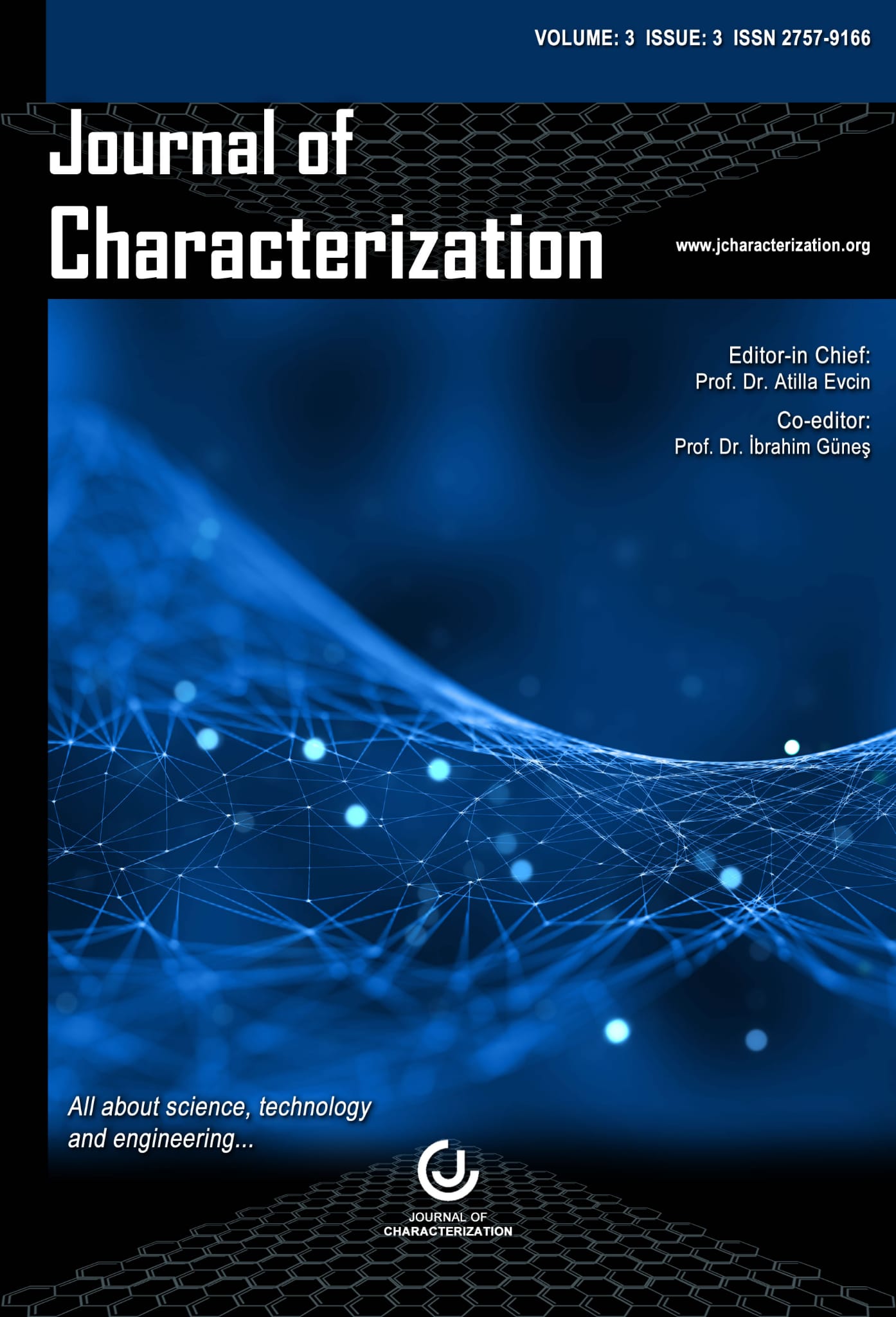Author :
Abstract
Enerji kaynaklarının giderek sınırlı hale geldiği bir çağda, sürdürülebilir ve yenilenebilir enerji üretimi arayışı ön plana çıkmıştır. Mikrobiyal yakıt hücreleri bu arayışın sonucunda ortaya çıkmış ve son yıllarda önem kazanmıştır. Bu hücreler, mikroorganizmaların biyokimyasal reaksiyonları yoluyla organik maddeleri doğrudan elektriğe dönüştürebilme yeteneğine sahiptirler. Bu çalışmada anot bölmesinde at gübresi atık suyu ve kuru mikroalg biyokütlesi substrat olarak, Chlamydomonas sp. mikroalg türü ise katot bölmesinde bir elektron alıcısı olarak kullanılmıştır. Her iki bölmede de grafit keçe elektrot kullanılmıştır. Bu sistemde gerçekleştirilen deneyler sonucunda 29,93 mW/m2’lik maksimum güç yoğunluğu ve 599.6 mV açık devre voltajı kaydedilmiştir. Aynı zamanda % 49,35 KOİ giderimi elde edilmiştir. Bu çalışma, atık su ve mikroalglerin kullanıldığı çift odacıklı mikrobiyal yakıt hücresinin enerji üretim potansiyelini vurgulamaktadır. Chlamydomonas sp. mikroalglerinin katot bölgesinde kullanılması, fotosentetik aktivite sonucu üretilen oksijenin elektron transferinde nasıl kullanılabileceğini göstermektedir. Bu sonuçlar, atık suyun sürdürülebilir şekillerde arıtılması ve aynı zamanda mikroalgler gibi biyolojik organizmaların enerji üretiminde kullanılmasının, çevresel ve enerji alanında umut vadeden bir strateji olduğunu göstermektedir. Bu yöntem, atık yönetimi ile yenilenebilir enerji üretimini bir araya getirerek çevresel sürdürülebilirliğe katkı sağlamaktadır.
Keywords
Abstract
In an age where energy resources are becoming increasingly limited, the search for sustainable and renewable energy production has come to the fore. Microbial fuel cells emerged as a result of this search and have gained importance in recent years. These cells have the ability to convert organic substances directly into electricity through the biochemical reactions of microorganisms. In this study, horse manure wastewater and dry microalgae biomass were used as substrates in the anode compartment, and Chlamydomonas sp. microalgae were used as an electron acceptor in the cathode compartment. Graphite felt electrodes were used in both chambers. As a result of the experiments carried out in this system, a maximum power density of 29.93 mW/m2 and an open circuit voltage of 599.6 mV were recorded. At the same time, 49.35% COD removal was achieved. This study highlights the energy production potential of a dual-chamber microbial fuel cell using wastewater and microalgae. The use of Chlamydomonas sp. microalgae in the cathode region shows how the oxygen produced as a result of photosynthetic activity can be used in electron transfer. These results show that treating wastewater in sustainable ways and at the same time using biological organisms such as microalgae in energy production is a promising strategy in the environmental and energy field. This method contributes to environmental sustainability by combining waste management and renewable energy production.





